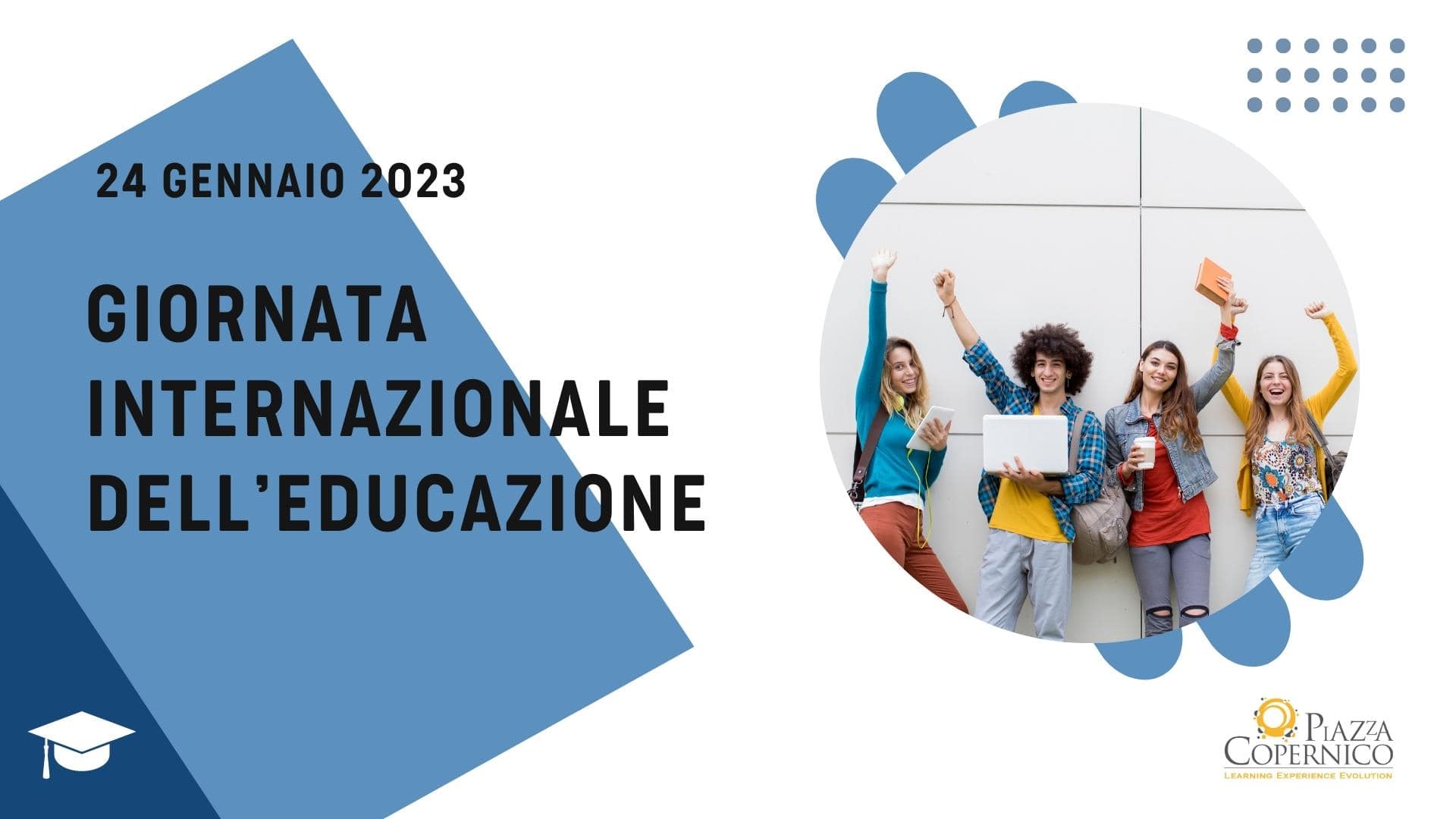
INTERNATIONAL EDUCATION DAY
School innovation and Digital Curvature
We talk about it with Prof. Maria Urso, Headmaster of theTommaso Salvini Institute of Higher Education in Rome
We have chosen to celebrate the International day of education, with a very relevant theme in the dissemination of equitable and quality education.
We thank the Director Prof. Urso for her willingness to talk about innovation at school and digital curvature in our blog.
Very important contribution, because the school is identified in the National Plan for Digital School like fundamental agent in the digitalization processes of society through the growth of digital skills.
Today the theme of digitization is a pervasive theme from school to the world of work, to daily life. We are witnessing the birth of projects dedicated precisely to the theme of digital skills. From the privileged observatory of the school manager, what are the objectives that a high school must and can set itself on the subject of digitization? What defines the meaning of “Digital Curvature”?
To quote the European reference framework on the digital competences of teachers and trainers
"Identify, evaluate and select digital resources useful for teaching, taking into due consideration - even in the teaching planning phase - the specific learning objectives, the context of use, the pedagogical approach and the needs of the students who will use them."
Are you preparing digital warp projects at your school? What will be the fundamental pillars of these projects?
- Use digital technologies to optimize the communication of the educational organization in which you operate.
- Exchange knowledge and experiences, to contribute collaboratively to the innovation of teaching practices.
- Reflect on digital practices (both individual and the educational community), critically evaluating them and actively contributing to their development.
- Use digital tools and resources to support your professional growth.
In summary, a holistic view of teaching practices.
What are, from the point of observation, the expectations of Generation Z kids on the subject of digitization? How do they live this theme?
The generation of digital natives, born between 1997 and 2012, lives on digitization as an opportunity, and in the same way this interconnection simplifies the relationship and globalizes it by amplifying the emotional sphere, passing from a sort of Skinnerian "operating conditioning" to the replication of the sign, of the materials.
As part of Digital Curvature projects what tools are needed by teachers and the school to promote digital warp? What initiatives are in progress or being defined? What are the potential problems?
Meanwhile, one continuous traininga strategy sharing, using digital technologies to support i self-regulated learning processes, that is to make students able to plan, monitor and reflect on their learning, to highlight their progress, to share ideas and reflections and to propose creative solutions.
The risk is that of losing the virtuous circle of speaking and listening, as the well-known author recalled. Critical thinking has its humus in that metatabletic syntax which is typical of implicit and explicit teaching practices.
How important do you think it is that the so-called "humanistic" study paths are open to digitization issues and how can they promote these initiatives?
The humanities are strategic, let's not forget that Western thought feeds on critical spirit: the what is of things, the formal logic, the interpretation of reality, of facts, of events. This is not trivial and must be rediscovered.
A series of initiatives are already underway in your high school, can you describe your experiences in the field?
Our experimentation on the data that we have defined the Digital and Communication Classical High School provides a predominantly setting laboratory.
This Curvatura, making use of external experts (Research Institutes, Universities and Companies), favors the methodology of cooperative learning and the practice of teamworking, leveraging the interest in exploring new multimedia reading and writing paths of those who intend to follow a university specialization within the communication professions (political sciences, management, communication sciences, cinema and entertainment, humanistic and scientific publishing, cultural industry, web writer, etc.). In short, an innovative frontier path that looks to the future and investigates fields of political interest such as the determination of consensus in our societies.
In a third year class a PCTO was started involving the CNR and PIAZZA COPERNICO on a very interesting topic such as innovation from the point of view of communication analysis. What are the school's expectations of projects of this type?
The relationship with the territory is strategic and gives the measure of the complexity of reality.
Research institutions, companies, schools and university consortia combine to include energies and skills, offering our young people an overview.